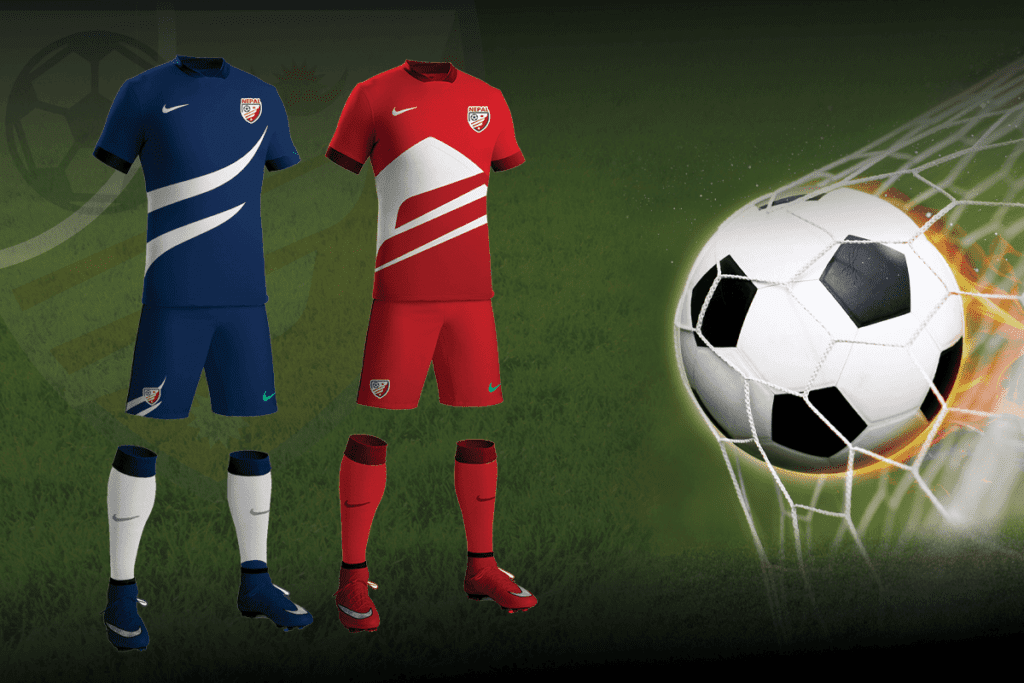1. Project Overview
The Physiotherapy Routine App is a simple, user-friendly web application designed to assist physiotherapy patients by guiding them through personalized exercise routines. It allows users to easily create and manage custom exercise playlists (select exercises, repetitions, and cycles), complete with clear audio-visual guidance to ensure proper exercise execution.
Built using modern web technologies, this app is cross-platform compatible (mobile, tablet, desktop) and supports offline usage by storing data locally on the user’s device. Its simplicity and practical functionality make it ideal for an internship project, providing exposure to frontend development, UI/UX design, and offline-first web development concepts.
2. Project Objectives
- Routine Builder: Allow patients to select exercises, specify repetitions, and set exercise cycles.
- Audio-Visual Feedback: Integrate clear visual demos (videos/GIFs) and accompanying audio instructions to guide correct exercise performance.
- Offline Data Storage: Store exercise routines and progress locally on the user’s device using IndexedDB, eliminating the need for server communication.
- Cross-Platform Accessibility: Ensure compatibility across all common devices and browsers.
- Simple and Intuitive UI: Design a clean, accessible interface, especially beneficial for elderly patients or users unfamiliar with technology.
- Progress Tracking: Enable users to track completed exercises and upcoming routines.
3. Required Skills
- Frontend Development: HTML, CSS, JavaScript, React (optional for improved interactivity).
- UI/UX Design: Designing intuitive, easy-to-navigate interfaces using Figma.
- Offline Storage: Familiarity with IndexedDB or localStorage.
- Multimedia Integration: Incorporating audio-visual assets effectively.
- Basic Animations (Optional): For enhanced visual feedback.
4. Tools & Technologies
- Frontend: HTML/CSS/JavaScript (optionally React.js).
- Design Tool: Figma (wireframing/prototyping).
- Database: IndexedDB (client-side offline storage).
- Multimedia Assets: GIFs/videos and voice-over instructions.
- Version Control: GitHub.
- Deployment: Netlify or Vercel (static hosting with PWA capabilities).
5. Implementation Steps
Exercise Database Creation
- Curate a small set of common physiotherapy exercises (e.g., Shoulder Stretch, Knee Flexion).
- Include descriptions, instructional GIFs/videos, and audio guidance.
UI/UX Design
- Design simple screens for:
- Routine creation (exercise selection, repetitions, cycles).
- Routine playback (display current exercise with visuals/audio).
- Progress tracking screen (completed/upcoming exercises).
Frontend Development
- Develop interactive UI components to create, customize, and reorder exercise routines.
- Implement multimedia playback for routines, integrating visual and audio instructions.
Offline Data Storage
- Use IndexedDB to save routines locally, ensuring they persist between sessions without internet connectivity.
Testing & Deployment
- Test thoroughly across mobile, tablet, and desktop browsers.
- Optimize performance (asset preloading/caching).
- Deploy as a Progressive Web App (PWA) on Netlify/Vercel.
6. Deliverables
- Fully functional offline-capable web app (hosted on Netlify/Vercel).
- Well-organized source code repository (GitHub).
- Documentation outlining usage and future extension possibilities.
7. Learning Outcomes
- Practical experience developing cross-platform, offline-first web applications.
- Understanding client-side storage techniques (IndexedDB).
- Integrating multimedia assets for enhanced UX.
- Creating user-centric designs with accessibility considerations.
8. Significance of the Project
- Provides practical assistance to patients in adhering to physiotherapy routines.
- Demonstrates an effective use of web technologies in healthcare contexts.
- Highlights offline web capabilities, reducing reliance on printed or memorized instructions.
9. Proposed Timeline
| Week | Tasks |
|---|---|
| 1 | Define exercises, create database, initial UI/UX |
| 2 | Develop routine creation & playback features |
| 3 | Implement offline storage (IndexedDB) |
| 4 | Testing, optimization, and deployment |
10. Additional Resources
- MDN Web Docs: IndexedDB, PWAs.
- Physitrack, YouTube (for free exercise demos/videos).
- React documentation (optional, based on chosen technology stack).
This project is a work in progress have a look at the repo here https://github.com/GurkhaTechnology/phyisio-routine
📚 For more insights, check out our web development guide.


